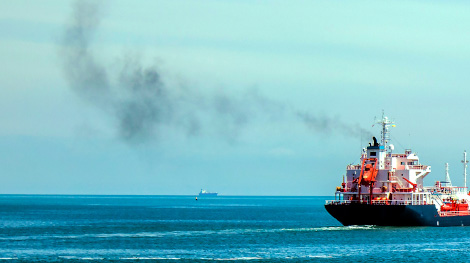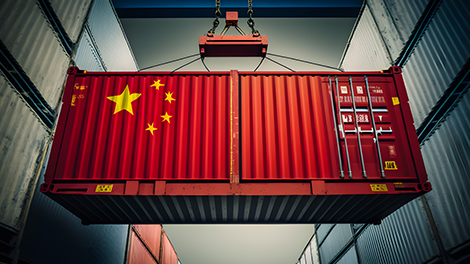In an era where sustainability is not just a buzzword but a business imperative, companies across the globe are seeking ways to green their supply chains. Whether you're in manufacturing, retail, or any sector that involves importing and exporting goods, there are actionable strategies you can employ to reduce your environmental footprint. Let's dive into some practical tips that can help businesses of all sizes and industries make their supply chain more sustainable.
Embrace Nearshoring and Reshoring
The pandemic and Red Sea crisis of 2024 have highlighted the vulnerabilities of relying too heavily on far-flung suppliers. Nearshoring (switching to suppliers closer to your market) and reshoring (bringing production back to your home country) can significantly reduce the carbon emissions associated with long-distance transportation. Besides lowering your carbon footprint, it can improve your supply chain's resilience and responsiveness.
Increase Supply Chain Visibility
You can't manage what you can't see. Gaining a clear view of your supply chain operations, from raw materials to final delivery, allows you to identify inefficiencies and areas where sustainability can be improved. Invest in technologies that provide real-time data on your supply chain activities. This visibility can help you make informed decisions that align with your sustainability goals.
Book a demo of our powerful visibility platform.
Businesses should build managing and reducing their environmental impact into their strategic plans for the years to come. The WTA Platform allows businesses to track the emissions of their entire supply chain, using our ISO-compliant tracing tool. From there you're able to make route and container optimisations, lowering your impact and leaving you better prepared for the incoming net-zero targets. Book a demo of the WTA Platform now.
Consider Carbon Offsetting
While reducing emissions should always be the priority, some carbon output is currently unavoidable. Carbon offsetting can be a complementary strategy. By investing in environmental projects, such as reforestation or renewable energy, you can balance out your supply chain's carbon footprint. It's crucial, however, to choose credible offsetting programs to ensure your investment truly contributes to environmental conservation.
Favor FCL over LCL Shipping
When shipping goods, consider using Full Container Load (FCL) instead of Less than Container Load (LCL). FCL not only reduces the risk of damage and delays but also lowers the carbon emissions per unit of cargo. It's a simple change that can lead to significant environmental benefits, especially for businesses that regularly ship large volumes of goods.

"Making your supply chain more sustainable is not just good for the planet; it's also good for business. Consumers and businesses alike are increasingly favouring companies that demonstrate a commitment to environmental responsibility."
Liam Launders, Head of Sales at WTA
Shift to Sea Freight Where Possible
Air freight is much faster than sea freight, but it's also significantly more carbon-intensive. Whenever time is not a critical factor, opt for sea freight. It's one of the most energy-efficient modes of transport, especially for international shipping. Planning your logistics well in advance can allow you to take advantage of this more sustainable option without compromising on delivery schedules.
Explore Green Shipping Lanes
As the shipping industry seeks to reduce its environmental impact, green shipping lanes are becoming increasingly common. These lanes are designed to minimise emissions through the use of low-carbon fuels, optimised shipping routes, and other sustainable practices. Stay informed about these initiatives and consider them when planning your shipping routes.
While the journey towards sustainability is necessary, it's often complex and challenging, requiring more than just good intentions. It requires a continuous commitment to improvement rather than a one-time transformation but acknowledges the complexities of global supply chains and the need for realistic, adaptable strategies in the pursuit of sustainability. By focusing on achievable goals and continuous improvement, businesses can make meaningful progress towards a greener future.







